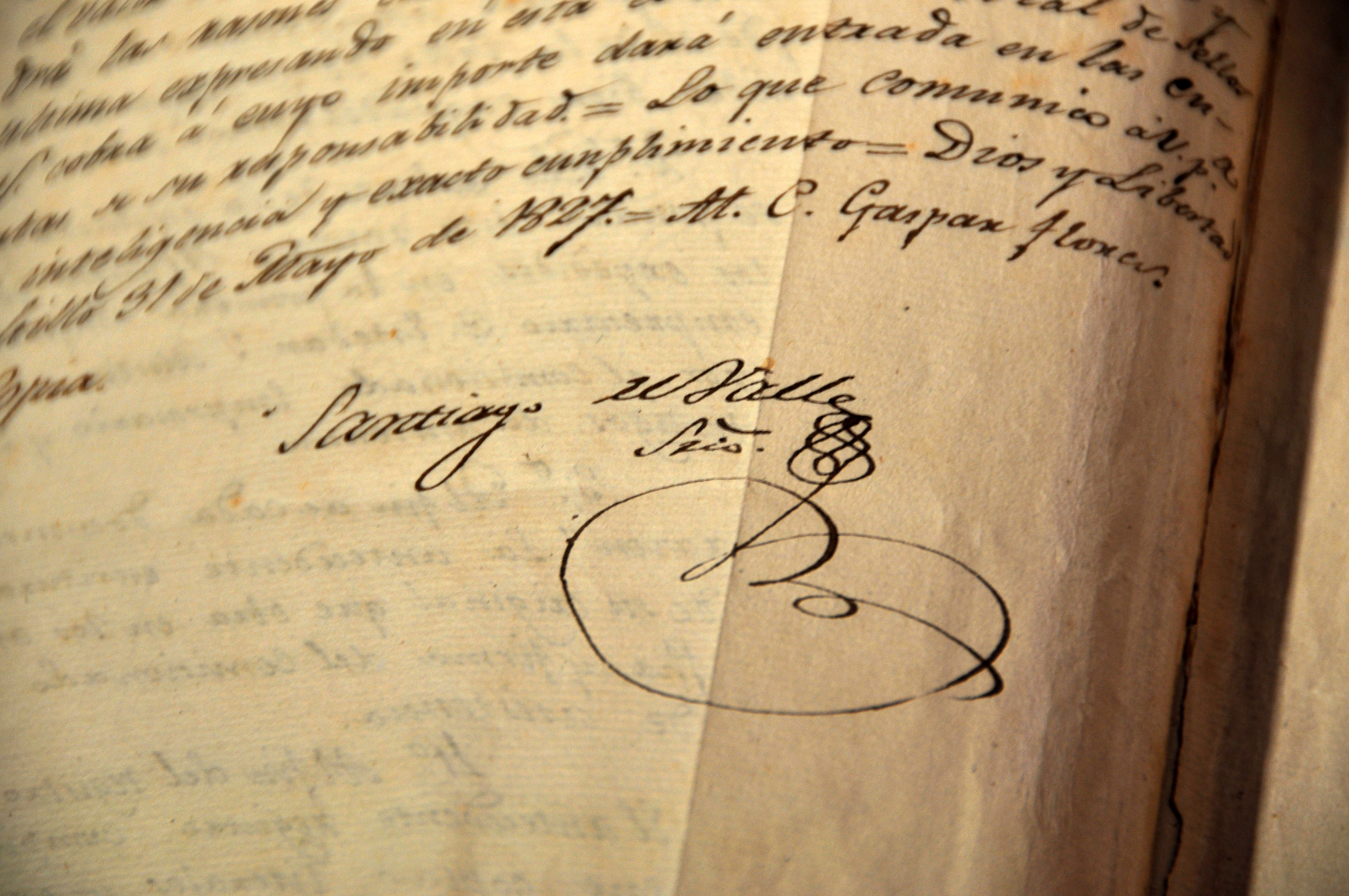County/Region:
Upper Coast
Project Partner/Recipient:
Galveston Bay Foundation
Summary:
Galveston Bay Foundation prepared a consensus-supported, site-specific habitat conservation plan to guide conservation activity around Galveston Bay over the next 15-20 years.
County/Region:
Galveston
Project Partner/Recipient:
Galveston Bay Estuary Program/Texas Natural Resource Conservation Commission
Summary:
Galveston Bay Estuary Program hosted Marsh Mania, a volunteer-based, one-day habitat restoration event held at several sites around Galveston Bay. The goals were to restore marsh habitat while raising public awareness of habitat values and restoration.
County/Region:
Upper Coast
Project Partner/Recipient:
Galveston Bay Foundation
Summary:
Galveston Bay Foundation created and installed eight interpretive signs at eight marsh restoration sites within the Galveston Bay system.
County/Region:
Harris
Project Partner/Recipient:
Galveston Bay Foundation
Summary:
Galvesotn Bay Foundation continued and expanded the Galveston Bay Oyster Shell Recycling Program.
County/Region:
Harris
Project Partner/Recipient:
Galveston Bay Foundation
Summary:
Galveston Bay Foundation enhanced the oyster shell recycling program through new methods to collect and store the shells. GBF also pursued developing a public shell disposal site and incorporating volunteer oyster gardening as an outreach component.
County/Region:
Galveston
Project Partner/Recipient:
Galveston Bay Foundation
Summary:
Galveston Bay Foundation (GBF) continued its Oyster Shell Recycling Program and established a shell recycling route based on the participating restaurants, with a goal of 6-10 restaurants for this stage of the program.
County/Region:
Galveston
Project Partner/Recipient:
Texas Commission on Environmental Quality
Summary:
County/Region:
Upper Coast
Project Partner/Recipient:
Galveston Bay Foundation
Summary:
Galveston Bay Foundation placed additional signs on the Houston Ship Channel and contiguous tidal waters upstream of the San Jacinto River confluence advising that certain species of fish and shellfish could be contaminated and should not be eaten.
County/Region:
Galveston
Project Partner/Recipient:
Houston Advanced Research Center
Summary:
The Houston Advanced Research Center assessed the long-term status of wetland mitigation records in the lower Galveston Bay watershed by examining US Army Corps of Engineer permit data previously acquired by the Galveston Bay Status and Trends Project.
County/Region:
Project Partner/Recipient:
City of Galveston Park Board of Trustees
Summary:
This project partnered with the Galveston Park Board and the USACE for the 2021 and 2023 BUDM cycle to conduct a beach nourishment project with beneficial use of dredged material (BUDM) at Babe’s Beach.
County/Region:
Galveston
Project Partner/Recipient:
Texas A&M University at Galveston
Summary:
Texas A&M University at Galveston obtained the bottom profile from the 12-ft. (4m) to 30-ft. (10m) depth in the identified survey area off of Galveston Island.
County/Region:
Galveston
Project Partner/Recipient:
Texas A&M University at Galveston
Summary:
Texas A&M University at Galveston completed the the bottom profile survey from the 12 foot (4 meter) to 30 foot (10 meter) depth off of Galveston Island in the area not covered by previous projects.
County/Region:
Galveston
Project Partner/Recipient:
National Fish and Wildlife Foundation (NFWF)
Summary:
This project added 7,550 linear feet to previously constructed breakwaters that protect Dana Cove, Oak Bayou, and Butterowe Bayou on the bay side of Galveston Island.
County/Region:
Galveston
Project Partner/Recipient:
City of Galveston
Summary:
The City of Galveston improved nature trails and visitor access, prevented vehicular damage, increased the law enforcement patrol, and improved waterbird nesting habitat at the two remaining natural tidal deltas on Galveston Island.
County/Region:
Galveston
Project Partner/Recipient:
Galveston Park Board
Summary:
This project completed permitting for beach nourishment and new borrow areas based on CEPRA 1628 Sediment Studies. A permit was executed for East and West Galveston Island.
County/Region:
Galveston
Project Partner/Recipient:
Galveston Park Board
Summary:
This project renourished the beach fronting the Galveston Seawall between 12th and 61st streets.
County/Region:
Galveston
Project Partner/Recipient:
Galveston Park Board
Summary:
This proejct nourished the beach at the Galveston Seawall from 61st to 103rd street using dredge material.
County/Region:
Jefferson
Project Partner/Recipient:
Texas Parks & Wildlife Department
Summary:
Texas Parks and Wildlife Department renovated the Gambusia Nature Trail boardwalk in Sea Rim State Park, Hwy 87 West, Sabine Pass, TX.
County/Region:
Nueces
Project Partner/Recipient:
Coastal Bend Bays & Estuaries Program
Summary:
Coastal Bend Bays and Estuaries Program developed a geohazards map of North Padre and Mustang Islands.
County/Region:
Cameron
Project Partner/Recipient:
Texas A&M University - Corpus Christi
Summary:
Texas a&m University- Corpus Christi developed a geohazards map of South Padre Island.








